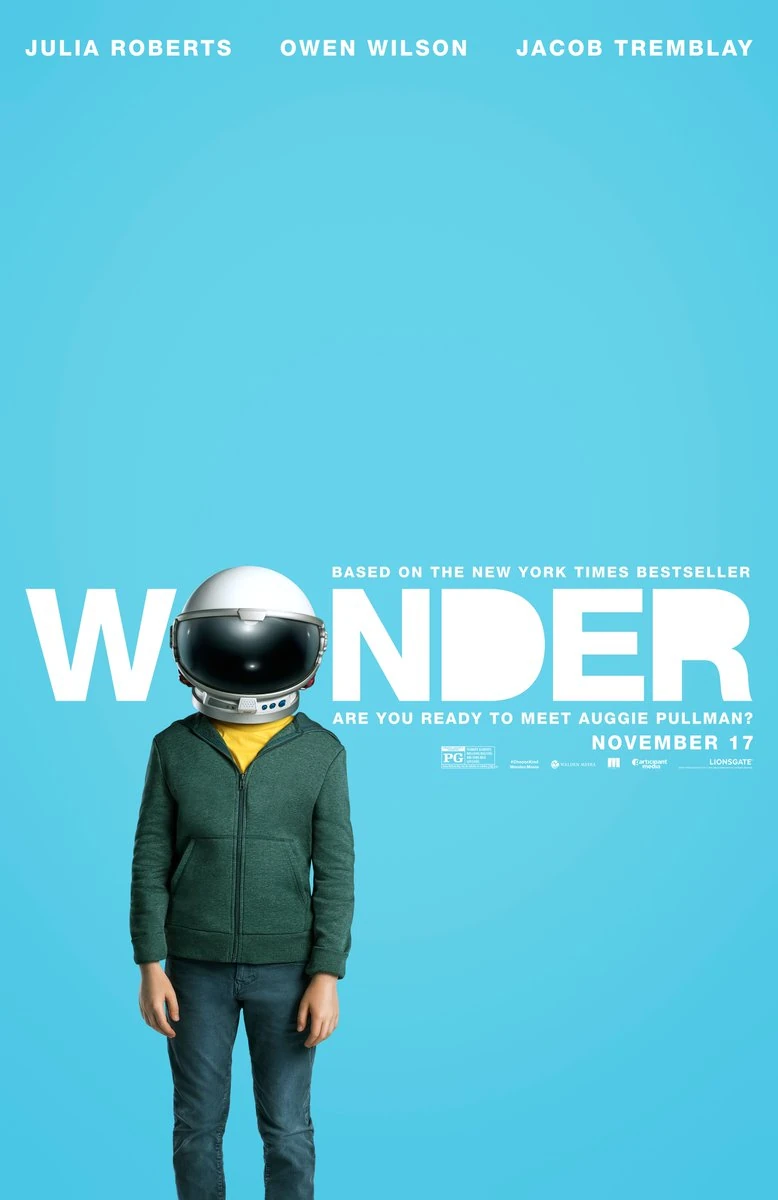Our moments matter.
I look out the window to check on the garden and anticipate its blooms for the day, making a plan for the early hours of the day. Opening the window, I think of the potential cross breeze now that our bed is pulled away from the window on the adjacent wall.
As I was approached the large window, I see Black Widow between the glass and screen. Not to worry, pest control comes regularly to keep these little creatures from entering our humble abode. Still, we must not let the moment pass. I call the children over to give them the opportunity to examine it and what appears to be its former mate up close, safely behind the glass, before my husband crushes the life out of it. We enjoy the moment even if it leads to the “heebee jeebies.”
I try to take stock of these moments.
The moments are fragments of time woven together to create a tapestry of how my children see and understand the world. My response to the world around us shows them what they will perceive as a standard in the potential ways to proceed.
Homeschooling means the environment I create for them is the one they know best.

They do not have access to technology or social media. After watching “The Social Dilemma” on Netflix it became clear how our society could become as polarized as it has. The more you search for something, click on something, look at something, the more the algorithms tailor the content you are shown on social media or through Google to that which has attracted your attention in the past. The more you see something, the more normalized it seems, the more it seems a regular part of the world on you inhabit, the more freedom you have to express the ideas that were previously spoken of more carefully, tactfully, cautiously.
Thus women feel freer to talk about household chore distribution, babies who do not sleep, pregnancy woes, and the desire to work or not to work. And thus others find a place to voice their political ideas, to find a political community they may not otherwise have found, for good or ill.
The moments matter.
We affect the environment we live in.
There are many sources fighting for our attention these days and in diving in, the environment we live in begins to distort into something that is not a true representation of the people who live around us, but a magnification and exaggeration created by an engine selling advertising space.
The end of “The Social Dilemma” is quite dire. The only viable solution seen by the documentary interviewees, early influencers of social media, is regulation of the companies that survey our usage. The other solution, less discussed, is to turn off the computer, store the iPad, turn off notifications and put away the phone.
The distance from these noise-producing objects creates silence for our minds. Our minds are searching for occupation. What we need in this world is not more noise, but more wonder.
I call the children over to see the Black Widow. We discuss the nature of her name, which only one child knew before. We can simultaneously not want to know this Widow well and wonder at its creation.
In the act of wonder, I sit back and behold, I marvel, I observe and I learn.
The act is not flashy and will not bait the clicks, but it enriches my heart. We share a moment as a family. The moment passes. The Black Widow is killed. We go about our day.
Until we see a caterpillar.




